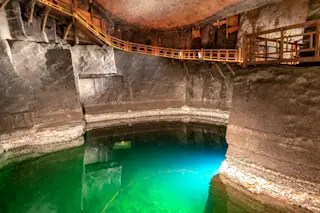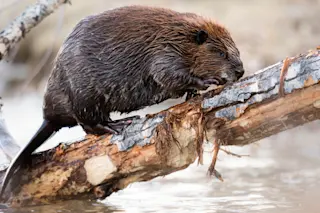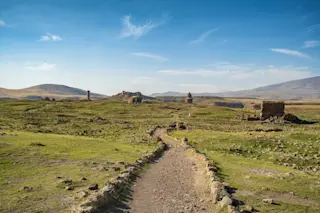Every time archaeologists pry the remains of a newly-identified human ancestor from the earth, there’s one question we care about most: What did they look like? For the first time, researchers have tried to answer that burning query about Denisovans, one of the most intriguing ancient relatives on our family tree.
Discovered in 2010 in a Siberian cave, these ancient humans have begun to reveal tantalizing hints of their past in recent years. They interbred with both humans and Neanderthals, for example, and spread from Siberia to Indonesia before going extinct around 40,000 years ago.
Now, using ancient DNA, the researchers say they’re able to compare 32 specific physical characteristics from Denisovans with those of Neanderthals and modern humans. The resulting list gives us an idea of how the ancient humans evolved over time, as well as a hint of what a Denisovan looked like.
The comparisons, published today in ...














